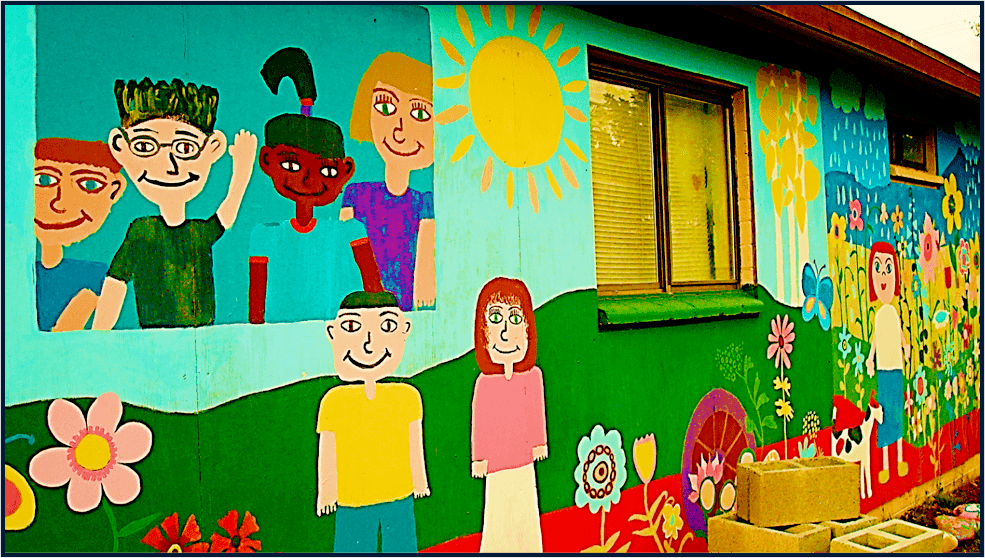Hermosa Vida and increasing connectedness through community health partnerships
Partnerships with different organizations can be enticing when we — social justice activists and researchers – plan how to reduce inequality in health. Like many projects, Hermosa Vida, began with great enthusiasm as people from different agencies and communities conceived of a complicated plan in 2010. This plan involved the planting of seeds of engagement through participatory research and action for wellness in our city. Community researchers worked side-by-side with university researchers. Health professionals accepted challenges to understand the lives of their patients in new ways. Logic models and proposal and letters of partnership all indicated a desire to work together toward a common goal. The seeds of Hermosa Vida continue to flower in our community in 2017 in different ways including new friendships, new collaborations. New grants and projects, and new organizational policies to support Participatory Action Research. Still we encountered challenges and setbacks throughout this work.
Once Hermosa Vida was off the ground project partners and community researchers worked together to design and implement a new measurement instrument, called the Ripple Effect Tool (RET), to measure the effects of the project on social and professional connections. We heard many people talking about the new people they met through our events and programs and, given the research on how connection with others can help people to become healthier, we wanted to measure that change. We learned that indeed people were connecting with others personally and professionally, and those connections were leading to more programming, ongoing funding from different agencies, and new partnerships for health. We also learned that this impact wasn’t equally distributed among all the participants in the project; those who were providers of services benefitted more than those people who participated but did not hold leadership positions. People closer to leadership positions in the project made more connections with others and experienced more long-standing economic and social benefits that the people they originally worked to engage. Overall, however, there were positive strides toward wellness as the result of Hermosa Vida programs.
Our hope is to add to the existing conversation about how to build the correct foundation for ongoing Action Research. We suggest a thoughtful discussion about something like our RET at the beginning of early participation so that groups can measure and correct for inconsistent benefits in project like ours.
Everyone involved in Hermosa Vida was committed to participatory, engaged research and to reducing health disparities. It was only through time and busy programming that those original goals unintentionally fell away. This is a common problem for such projects, and we think that using a measurement instrument like the RET earlier could help leaders, funders, and community members identify such inequities and bring projects back on track. Adapting the tool might also help minimize hierarchical divisions such as those between “providers” and “recipients.”
How might this kind of tool be useful to your work?
We invite you to learn more about this experience by reading our article HERE.
After you’ve had a chance to read this piece, please share your thoughts, ideas, or experiences with our community in the comments below so we can continue this discussion!
Blog post by Lisa Jane Hardy
- Making Public Deliberations Inclusive with Mixed Methods AR - October 26, 2020
- Participatory action research with Aboriginal Elders: Ngulluk Koolunga Ngulluk Koort project - October 12, 2020
- Bringing the relational self to ART: Interview with Dr. Yvonne Skipper - October 1, 2020

